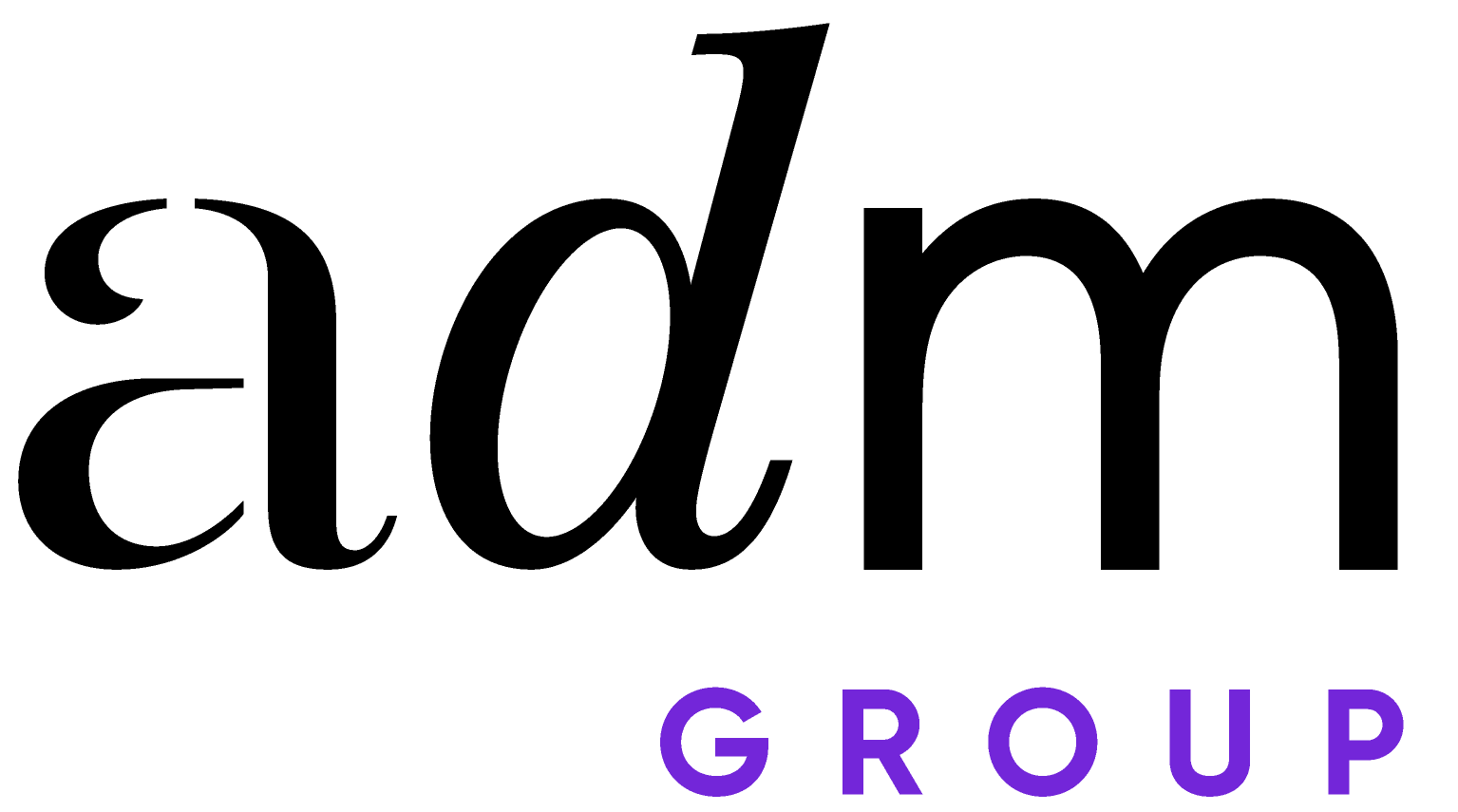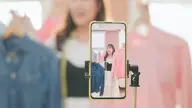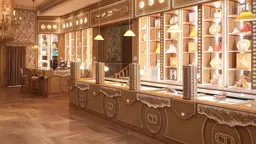Old vs New Luxury: What does the new premium consumer look like?
4 minute read
Despite the current economic situation, the luxury market is expected to reach $338.bn by 2025 (WGSN, 2022) indicating that consumers are still seeking premiumisation. The luxury consumer profile is evolving, and the definition of what shoppers classify as luxury is being redefined.
Whilst there may be multiple explanations for this, from increased transparency in the value chain to the desire for experience overtaking value, or simply the rebound effect of COVID restrictions, it is undeniable that luxury consumer habits have evolved. This has led to the emergence of ‘New Luxury’, replacing the traditional concept of ‘Old Luxury’ and revolutionising the top-spending customer.
To maintain their ROI, brands need to adapt to the evolving customer profile that is shaping the market. Understanding the motivations and shopping habits of the ‘New Luxury’ consumer is the first step towards this goal.
Redefining ‘Luxury’
As the landscape for premium shopping shifts, what is viewed as luxury is being redefined.
It is less influenced by price tag or brand name, but increasingly by rising socio-economic trends and a conscience of the environmental impact of consumerism. Exclusivity remains key, but has moved away from expense, towards rarity. Longevity is being seen as a sign of quality, with the rise in luxury resale market set to reach $68 billion (VMR, 2022). Big luxury names are noticing this, with Gucci’s ‘Vault’ and Jean Paul Gautier examples of brands re-taking control of the resale of their own vintage items.
Sustainability has cemented itself as an essential criterion for luxury, as consumers seek traceability and accountability of the brand along with their purchases. The selective shopper wants to ensure all their demands are being fulfilled, especially prevalent in the eco-conscious Gen Z. They want to know that where they are putting their spend is having a positive impact towards a long-term future.
Luxury is no longer an expression of indulgence, but a selective and curated shopping experience that elevates the ordinary. The market is becoming more democratic, as the luxury consumer looks to reshape it.
Profile Demands
Who is today’s ‘new luxury’ consumer? The premium seeker cannot simply be categorised into a single demographic. Whilst the demand for premiumisation runs throughout consumerism, each cohort has different motivations and demands when shopping for ‘New Luxury.’
Gen X are focusing on creating the experiences for both big and small life milestones, overturning the out-dated materialistic approach to luxury.
Millennials are looking to prolong life with their spend, largely investing in wellness and health. This shapes the luxury market as they view it not just as ownership but investment, hence the demand for quality, sustainability, and credibility.
Gen Z are driven by maximising the current moment in their life. They want to live a preventative lifestyle, both personally and with their external output. The most eco-conscious, the Gen Z premium consumer is demanding a backstory behind their purchase, as they look for answerability and meaning with their spend. They seek experiences not just for the experience itself, but for its impact.
The Premium Experience
Regardless of motivation, the common strand that runs throughout the ‘New Luxury’ consumer is the demand for the Premiumisation of Experience.
Customers now desire a stronger relationship with brands, where experiences hold more significance than product value. This trend has been further reinforced by the pandemic, and as a result, brands must demonstrate their understanding by offering an experiential component alongside their products.
The ‘Premium Experience’ incorporates exclusivity into POS marketing. Grey Goose bars, Dior cafés and exclusive invite-only pop ups to loyal customers are just a few examples of how brands can create increased intimacy with their customers.
The pandemic has taught people that experience is not guaranteed. As consumers look to ensure it filters into all aspects of life whenever possible, including their spending habits, luxury brands must respond accordingly.
Digitalisation
One of the biggest legacies of the pandemic is rise of Digitalisation. Statistics show 95% of purchases are expected to be made through e-commerce by 2040 (Nasdaq, 2021). Whilst the demand for in-store exclusivity remains, brands need to ensure they are offering cross-channel experiences.
The Premium Experience must extend beyond the store visit, in line with the rise of the metaverse. Digitalisation has re-invented the way we shop; in that it has made the acquisition of these goods easier than ever. Therefore, the digital experience itself must evolve and improve in order to maintain luxury. Brands like Ralph Lauren and their ‘RL Virtual Store Experience’ are demonstrating that wherever their loyal customers are in the world, they can be offered top-level experience through digital technology.
The opportunity
The 'New Luxury' shopper is a lucrative customer with high spending power and has the ability to challenge market expectations. It presents an unmissable opportunity for brands, which must fully immerse themselves in this segment in order to capitalize on its potential.





